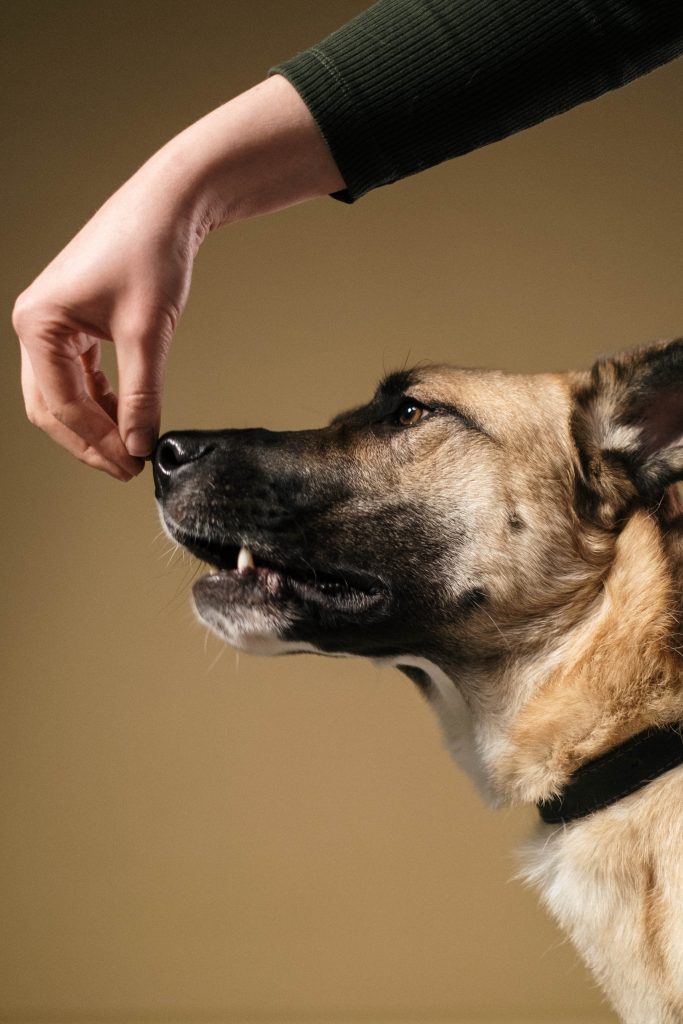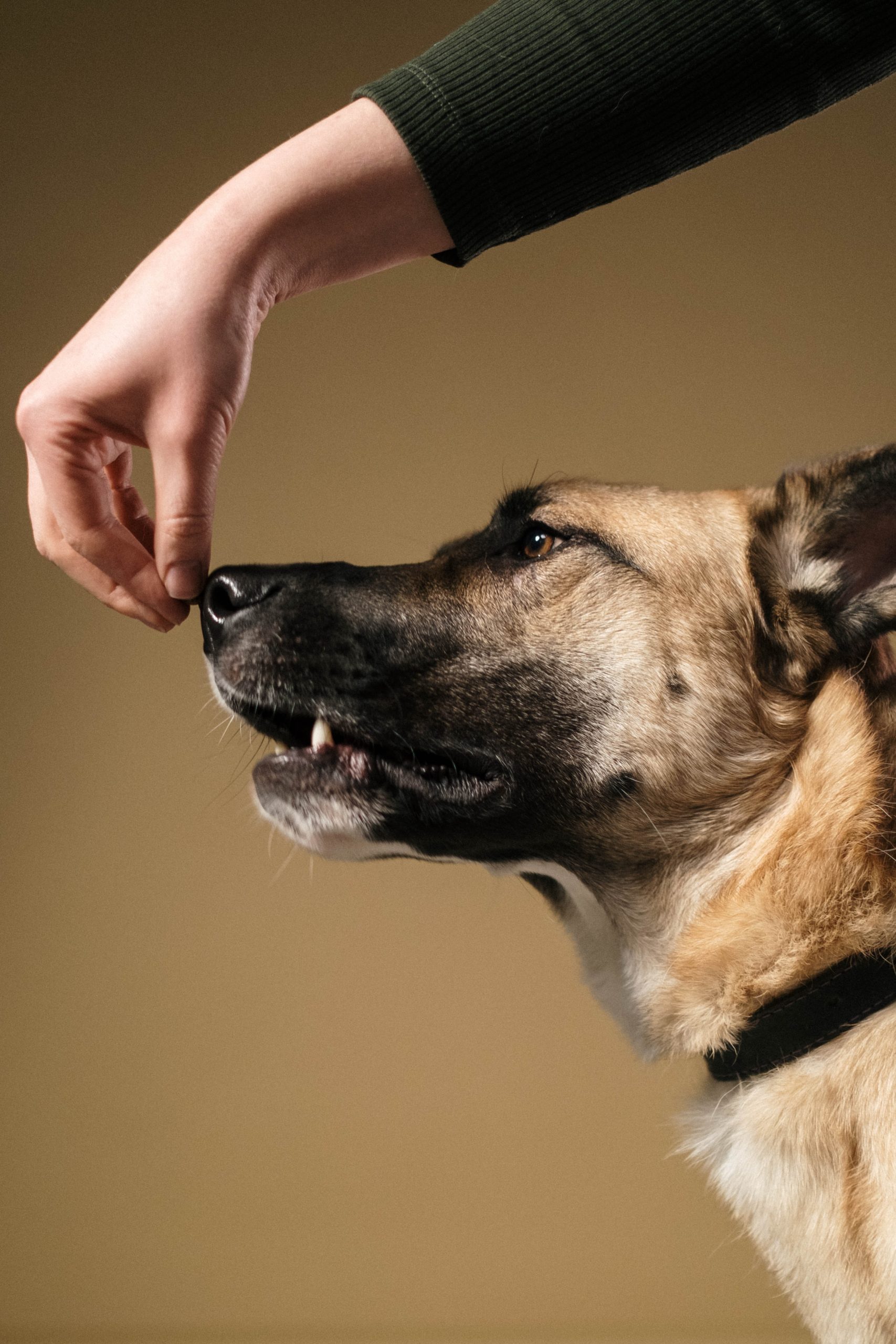The realm of dog training has seen significant progress over the years, transitioning away from dominance-based techniques toward more evidence-based approaches. Among these advancements, two prominent methodologies have emerged: positive reinforcement and punishment. While both techniques aim to shape canine behavior, they differ fundamentally in their philosophies, methodologies, and long-term effects. This exploration delves deep into the complexities of positive reinforcement and punishment in dog training, assessing their efficacy, ethical implications, and potential impact on the human-canine bond.
Positive Reinforcement: Nurturing a Willing Partnership
Rooted in psychology, positive reinforcement hinges on rewarding desirable behaviors to encourage their repetition. Central to this method is the concept that when a dog associates a behavior with a positive outcome, the likelihood of that behavior recurring increases. Common manifestations of positive reinforcement include treats, praise, toys, or other rewards, which reinforce behaviors like sitting or responding to commands. This technique capitalizes on a dog’s natural inclination to seek out rewarding experiences, forging a strong link between behavior and reward.
A remarkable advantage of positive reinforcement is its capacity to foster a willing partnership between dogs and trainers. The training process transforms into an enjoyable endeavor for both parties, fortifying the bond and trust between them. This approach not only encourages dogs to think and problem-solve for rewards but also ensures a mentally stimulated and contented canine companion.
Punishment: Unwanted Consequences and Ethical Considerations
Conversely, punishment involves administering consequences to deter undesirable behaviors. While proponents argue its efficacy in suppressing actions, concerns loom regarding its implementation. The potential for fear, anxiety, and even aggression to arise in response to punishment raises pressing issues. Dogs might associate the punishment not with the behavior but with the individual delivering it, leading to strained relationships and diminished trust.
Positive reinforcement effectively sidesteps these pitfalls by focusing on reinforcing wanted behaviors without instilling fear or confusion. This method fosters an environment where dogs actively seek out desired behaviors, facilitating a harmonious coexistence between canines and their human counterparts. Moreover, positive reinforcement nurtures dogs’ self-confidence as they learn that their actions yield favorable outcomes.
Scientific Backing and Training Effectiveness
Scientific research consistently upholds the effectiveness of positive reinforcement in dog training. Studies have showcased that dogs trained using reinforcement methods exhibit consistent and reliable behaviors over time. This success likely stems from the alignment of these methods with dogs’ innate learning processes and abilities. Positive reinforcement prompts dogs to think, learn, and internalize behaviors, increasing the likelihood of application in various situations.
In contrast, punishment-based techniques might yield short-term results, yet they often fail to address the underlying causes of undesirable behaviors. Additionally, punishment can lead to what’s termed an “extinction burst,” where unwanted behaviors intensify before fading. This phenomenon can be frustrating for both the dog and the trainer and inadvertently reinforces the behavior through the attention it receives.
Ethical Considerations: Compassion and Respect
Ethical considerations play a pivotal role in evaluating dog training methods. Positive reinforcement aligns seamlessly with an empathetic approach to training, prioritizing the well-being of dogs while creating a nurturing environment. By employing rewards and positive measures, trainers respect the dignity and emotional state of dogs, ultimately enhancing their overall quality of life.
In contrast, punishment-based techniques have faced scrutiny due to the physical and emotional harm they can inflict on dogs. The ethical implications of causing fear, pain, or distress raise questions about trainers’ moral responsibilities. The pursuit of a relationship built on respect and understanding with our canine companions encounters challenges when punishment-based methods are employed.
Impact on the Human-Canine Bond
An often overlooked aspect is how training techniques influence the bond between humans and their canine companions. Positive reinforcement contributes significantly to strengthening this bond by fostering a sense of teamwork and shared accomplishment. When dogs actively participate in the training process, owners experience a deep sense of companionship and take pride in their achievements. This shared positive experience promotes cooperation and communication, enriching various facets of life.
Conversely, punishment can strain this bond by introducing fear and uncertainty into the relationship. Dogs may become wary or anxious around their owners, impeding effective communication and trust-building. This strained bond can adversely affect not only the training process but also the overall well-being of both dog and owner.
Conclusion
The ongoing debate surrounding positive reinforcement versus punishment in dog training revolves around methodologies, efficacy, ethics, and their impact on the human-canine relationship. Scientifically validated positive reinforcement enhances behavior, strengthens bonds, and respects dogs’ emotional well-being. On the other hand, methods reliant on punishment carry the risks of instilling fear, anxiety, and aggression in dogs, potentially harming the bond between humans and canines and failing to address the root causes of behavioral issues. As the field of dog training continues to evolve, approaches emphasizing compassion, understanding, and the joint development of dogs and their human counterparts take precedence.








